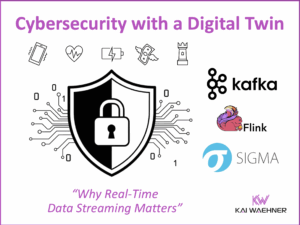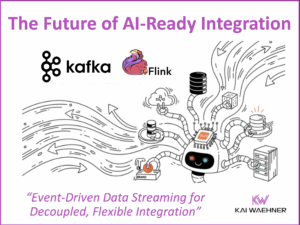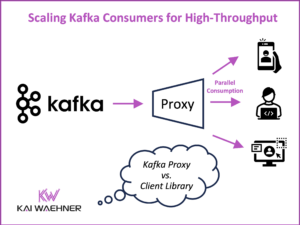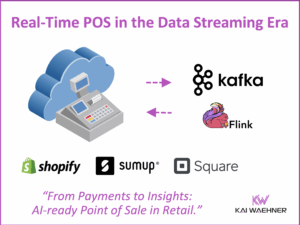Slides online: How to create intelligent Business Processes thanks to Big Data (BPM, Apache Hadoop, Talend, Open Source)
I had a talk at EAM / BPM conference in London about “How to create intelligent Business Processes thanks to Big Data”. I just want to share the slides with you.





